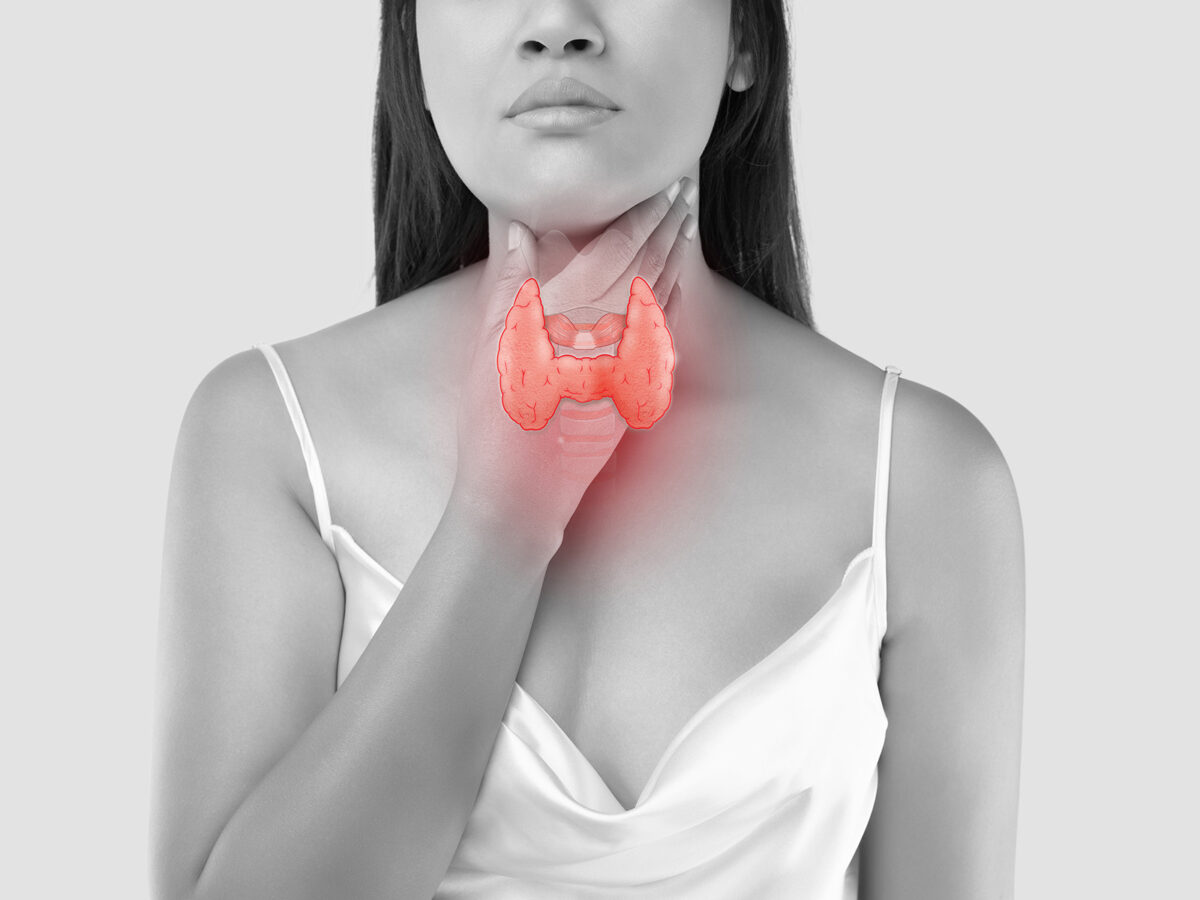Blog
Dental hygiene tips for healthy teeth & gums

What To Know Aout A Salivary Gland Infection
Salivary glands are situated in our mouths. They are exocrine organs whose primary role is to create, modify, and secrete saliva into our oral cavities. We have two types of these organs, namely major salivary glands that exist in three pairs (Parotid glands, Submandibular glands, and sublingual glands) and minor ones that line the mucosa of the respiratory tract, upper digestive tract, and the entire mouth.
Humans produce around 0.5 and 1.5 liters of saliva every day, which aid in swallowing, masticating, lubricating, and speaking. If we get an infection in the salivary glands, it could cause issues in many of our body’s functions. Salivary gland infection or sialadenitis is caused mainly by bacteria and affects the parotid part near the ears, the side of the face, or under the jaw.
Everything you need to know about sialadenitis, you will find it in this article.
Different Parts of Salivary Glands
We have three pairs of major salivary glands, as listed below:
- Parotid – These are the largest ones and are located on the cheeks, in front of the jaw, and over the ears. Parotitis happens when any of these two organs are inflamed.
- Submandibular – Located under the lower jaw and in both sides. They help saliva to move on the floor of the mouth, under the tongue.
- Sublingual – They are situated under the front area of the mouth towards the floor.
Symptoms of Sialadenitis
If you experience any of the following, you should get yourself checked for sialadenitis:
- There is an abnormal or foul taste in the mouth.
- You have a dry mouth.
- You are not able to easily open your mouth.
- You experience squeezing pain in the face, especially while eating.
- There is redness on the upper neck or side of the face.
- Your face has swollen in front of the ears, floor of the mouth, or below the jaw.
- You develop fever or chills.
- There is fluid drainage from the glands.
- You have pus in the mouth.
Who Is Susceptible to Sialadenitis?
Anyone can get this infection, but it is seen mainly in people above the age of fifty, especially those who have stones in their salivary organs.
- Infants can get this infection during the first few weeks of their life.
- People who are either sick or recovering from surgery can develop this condition.
- Those who have malnutrition, are dehydrated, or have immune system disorders (the body can not fight infections) are more prone to sialadenitis.
- Someone who had radiation therapy done can get this condition more easily.
- If you have Sjögren’s disease, you are more likely to have sialadenitis.
- Someone on certain medications can develop salivary glands infection, such as diuretics, antihistamines, beta-blockers, barbiturates, antidepressants, and kidney failure.
Causes of Salivary Glands Infection
The most common causes of sialadenitis are:
- Bacterial or viral infections such as mumps can affect salivary organs. Some of the bacteria and viruses which can cause this disease are:
- Coliform bacteria
- HIV
- Streptococci bacteria
- Coxsackievirus
- Influenza A virus
- Parainfluenza types 1 and 2
- Herpes virus
- If there is a blockage, kinks, tumors, or stones in the gland’s duct, it could result in sialadenitis.
- You are more prone to this condition if you do not consume adequate fluids.
- Poor oral hygiene could also cause sialadenitis.
- Autoimmune diseases could be a reason for this disease.
- Smoking is also linked to this condition.
- Chronic illness might give you sialadenitis.
Diagnosing Sialadenitis
If you have enlarged glands, your healthcare provider will run tests to confirm if you have sialadenitis.
- An MRI, CT scan, or ultrasound can reveal if there is an abscess or stones in the organ.
- If more than one gland is involved, your doctor might also recommend a blood test for mumps.
- The doctor might do a bacterial culture to find out which organisms are causing the problem.
- In some cases, the doctor might refer you to an ENT (otolaryngologist) to evaluate further. An ENT practitioner treats problems with the ear, nose, and throat.
Treating Sialadenitis
You can get rid of salivary glands infection with home remedies. Some of the common ways to get rid of this infection are:
- Home remedies – Drink lots of fluid; add lemon to your juice to increase saliva production. To relieve pain, you could give warm compresses or massage the area. Avoid foods that stick to the roof of the mouth, eat small bites and chew them properly, do not use commercial mouthwashes, and avoid acidic or alcoholic drinks.
- Antibiotics – For bacterial infections, your doctor would prescribe antibiotics.
- Drainage – If there is an abscess of pus buildup, the doctor would need to drain it out by massaging the affected area.
- Surgery – If there are kinks or the tubes are narrow and impact salivary flow, surgery might be necessitated.
Conclusion
Sialadenitis is not a serious condition and can be managed at home. In case there is pus or abscess, you might have to seek medical attention. Maintaining proper oral hygiene is the best way to prevent this condition.


